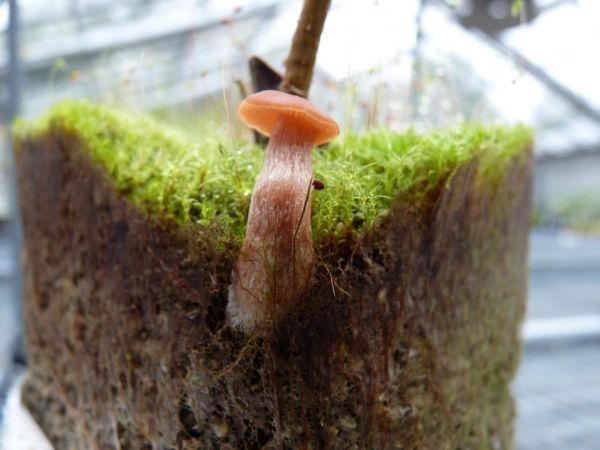A team of scientists led by the Department of Energy’s Oak Ridge National Laboratory have discovered the specific gene that controls an important symbiotic relationship between plants and soil fungi, and successfully facilitated the symbiosis in a plant that typically resists it.
The discovery could lead to the development of bioenergy and food crops that can withstand harsh growing conditions, resist pathogens and pests, require less chemical fertilizer and produce larger and more plentiful plants per acre.
Scientists in recent years have developed a deeper understanding of the complex relationship plants have with mycorrhizal fungi. When they are united, the fungi form a sheath around plant roots with remarkable benefits. The fungal structure extends far from the plant host, increasing nutrient uptake and even communicating with other plants to “warn” of spreading pathogens and pests. In return, plants feed carbon to the fungus, which encourages its growth.
These mycorrhizal symbioses are believed to have supported the ancient colonization of land by plants, enabling successful ecosystems such as vast forests and prairies. An estimated 80% of plant species have mycorrhizal fungi associated with their roots.
Read more at DOE/Oak Ridge National Laboratory
Image: Laccaria bicolor is fruiting above ground and colonizing the Populus deltoides plant root system below ground in a greenhouse setting. (Credit: Jessy Labbe/Oak Ridge National Laboratory, U.S. Dept. of Energy)


